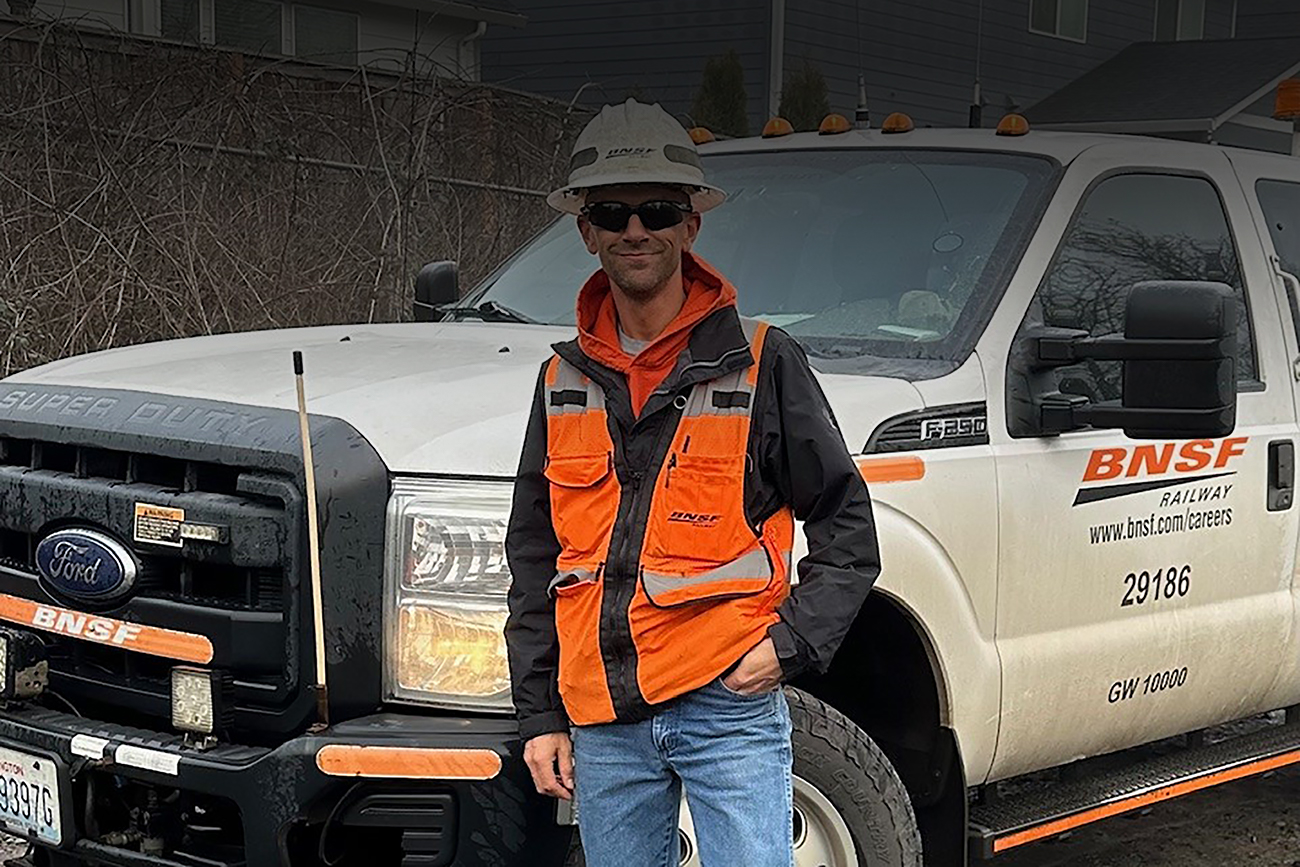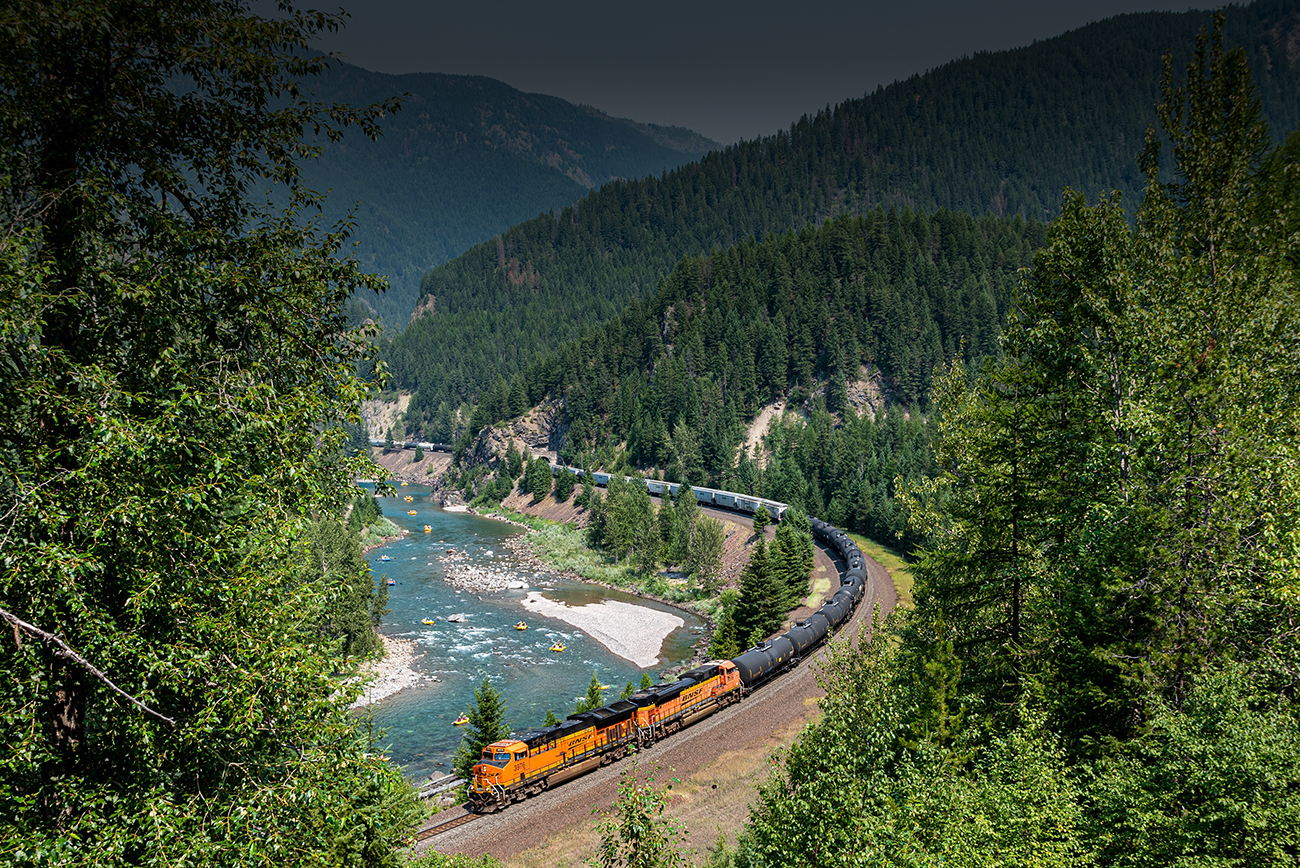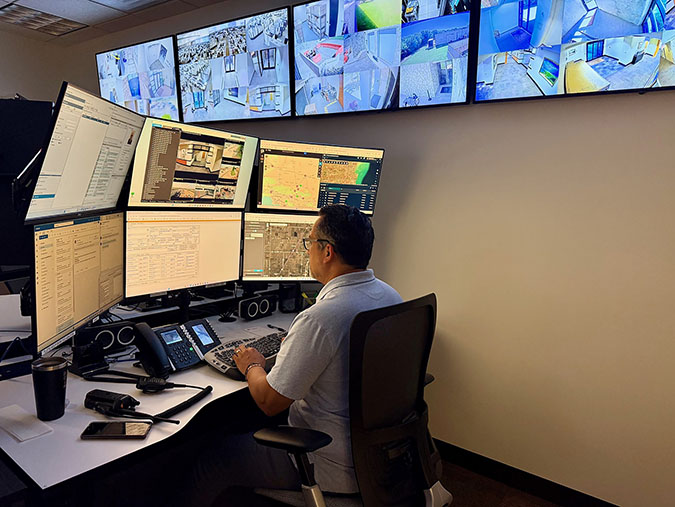
BNSF ‘ROCC’ stars help keep people and property safe and secure
By SUSAN GREEN
Staff Writer
“BNSF Police, what’s your emergency?”
Just as a caller to a 911 center hears, when BNSF’s police communication specialists (PCS) answer the phone, the exchange is prompt, thorough and professional. As the first point of contact to any incidents and emergencies that may arise near or on BNSF tracks, the specialists are trained to keep people and property safe and secure.
Also, like 911 call-takers, BNSF’s PCS team of 18 works round the clock in a dispatcher-like environment called the Resource Operations Call Center (ROCC), located in a secure area at our Fort Worth, Texas, headquarters.
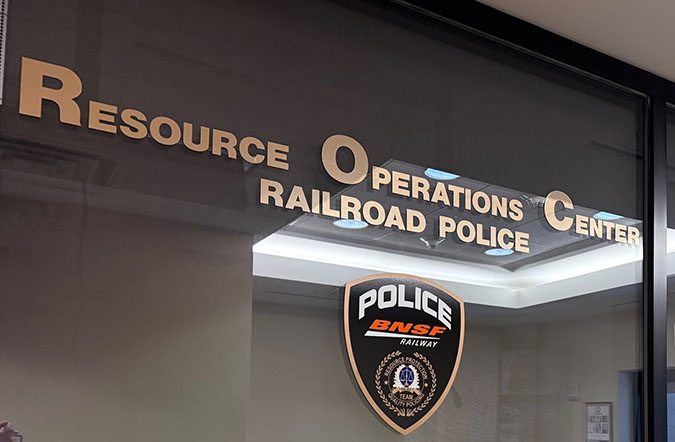
At the ROCC, PCs answer calls, monitor cameras and alarms, coordinate with law enforcement and other agencies in shifts of two or three people. They handle emergency and non-emergency calls coming from the entirety of our 32,500-mile network.
It’s a job that requires rigorous training – and some people skills, especially when the caller may be experiencing trauma or frustration.
“We get a lot of calls about a crossing being blocked,” said Kimberly Fretwell, a PCS. “I try to explain what’s happening, why the train is there and give them an idea of when it will be cleared.”
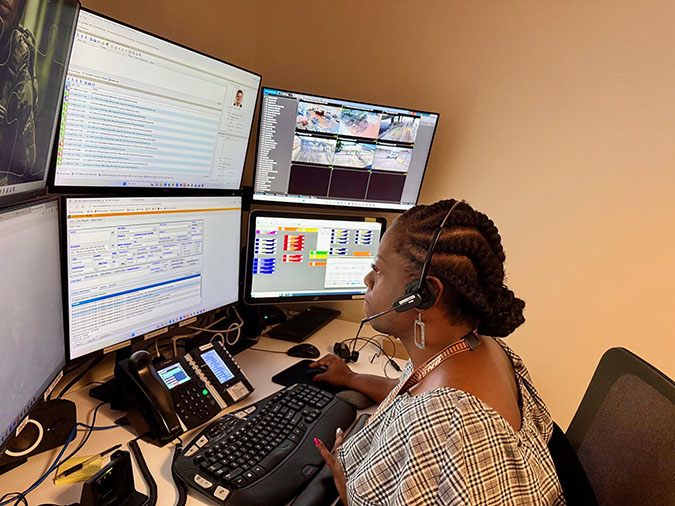
In addition to handling railroad emergency calls, the ROCC is responsible for dispatching BNSF special agents -- or railroad police -- across the network, coordinating with local law enforcement, communicating with train dispatchers and more.
To provide the growing team more space, the ROCC was recently moved within the BNSF campus and upgraded. Another reason for the expansion is to accommodate a real-time crime center, according to Jeff Longman, director, Homeland Security.
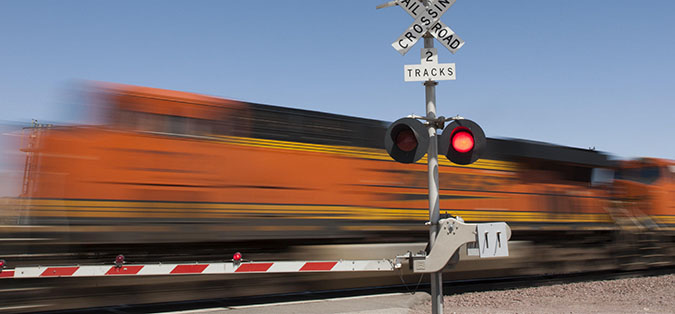
“We needed an area within the ROCC where our team could coordinate and respond to crimes as they occur at a dispatcher-like desk,” said Longman. “Especially with growing cargo theft, we need the ability to react quickly, provide real-time updates to local police officers and tactical teams on site. That includes having members of our drone team able to assist, whether it’s for a crime as it occurs or following a derailment.”
With thousands of miles of track and facilities to patrol, BNSF Police special agents are the eyes and ears of BNSF’s Resource Protection team, and they rely on the ROCC to facilitate local emergency and police response when needed.
“Our ROCC team members not only field calls, they have to know which departments to engage internally,” said BNSF’s Chief of Police and Protection Bryan Laurie. “At the same time, they work with our police and local law enforcement to respond quickly and efficiently to handle tasks related to security and safety.”
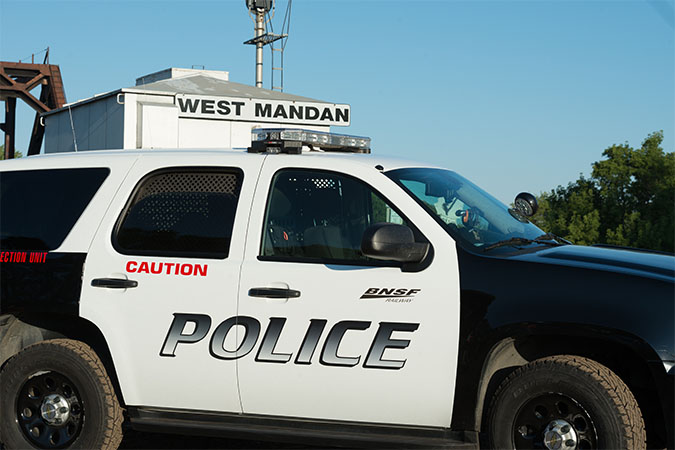
The staff is currently increasing to better support protection efforts in communities where BNSF operates as well as to assist local, state and tribal police agencies that need information from BNSF and to back our growing BNSF police force.
“More crime means more people and supervisors are needed so we can run the ROCC well – and do more and better,” added Longman. Toward that end, the communications system has been upgraded to include a state-of-the-art radio system with GPS capabilities.
“The ROCC is the lifeline for our officers,” said Assistant Vice President Resource Protection Will Johnson. “Their role in providing vital communications to those at BNSF as well as the communities we serve is invaluable.”
DID YOU KNOW?
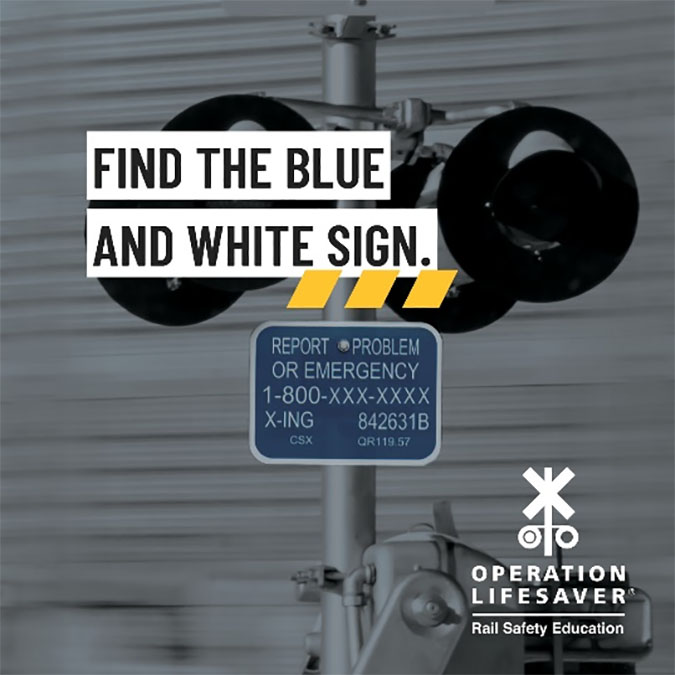
Operation Lifesaver, Inc. (OLI), the national nonprofit rail safety education organization, is making June 24, 2025, the first-ever Emergency Notification System (ENS) Sign Awareness Day.
“Located across the U.S. where roadways cross railroad tracks, ENS signs provide a critical connection to railroads in emergencies,” said OLI Executive Director Rachel Maleh. “Recognizing and using this sign in a crisis can save lives, when seconds count.”
In the event of a blocked crossing, crossing arms malfunctioning, a vehicle stuck on the track – or any signs of trouble – callers should look for a blue and white rectangular ENS sign. Each displays a phone number anyone can call if they see a problem on the track.
